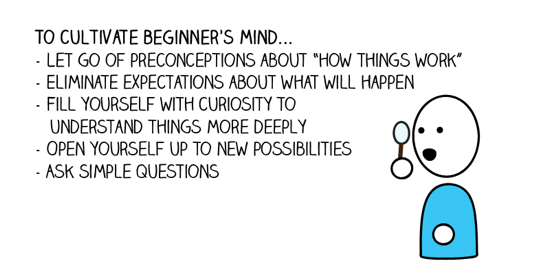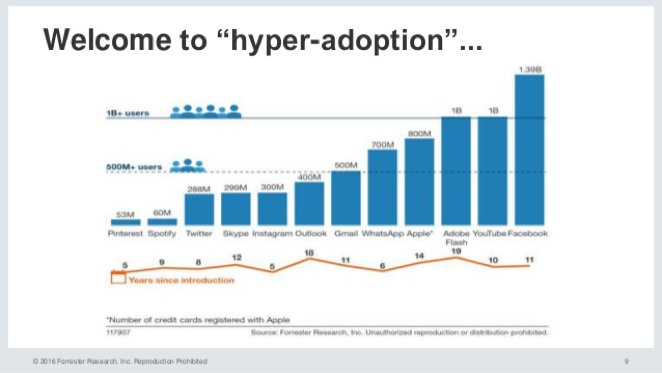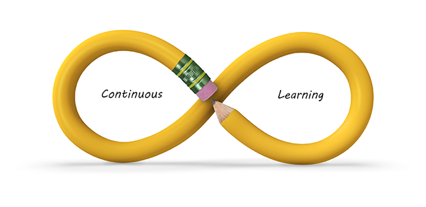
November 28, 2018
In the digital world,
good questions lead to better answers

In his recent book, The Book of Beautiful Questions, author Warren Burger makes his case for the power and value of good questions. “Having strong questioning skills has always been important. But in a time of exponential change, it’s a twenty-first century survival skill.”
It’s hard to argue that the speed and diversity of disruptive digital technologies doesn’t present a potential existential threat to companies of all sizes across all industries. While many organizations are still struggling to come to grips with this new competitive reality, many other are rushing off in multiple directions with multiple initiatives trying to get ahead of them or fend them off.
They are working hard to introduce and deploy new tools like Agile, Lean and DevOps to make their organizations more nimble and adaptable to the changing speed of business. While their motivations may be good, their frenetic pursuit of fast answers often leads to a great deal of wasted time and energy.
In the fast paced always connected 24/7 world we now live in, too little time is allocated for thoughtful inquiry and critical thinking.
A good question to start with: “What am I really trying to achieve here?”

As Warren Berger says, questions enable us to “organize our thinking around what we don’t know” so our discovery process can uncover what we need to know.
If the desired outcome you want to achieve is to transform your company into a digital enterprise, then here are some key questions to help you uncover what you need to know to achieve that outcome.
These V2MOM questions were developed by Marc Benioff, CEO of Salesforce, to align his entire organization around what the company needed to know in order to be a disruptive innovator in the enterprise software market. Instead of presenting a mission statement Marc presented a series of “mission questions.”
- VISION: What is the desired future state for our company?
- VALUES: Why do we seek this vision and what are our core values that will help us achieve it?
- METHODS: How are we going to implement successful disruptive innovations?
- OBSTACLES: What do we have to overcome to achieve success?
- MEASURES: How are we going to measure actual outcomes vs. desired outcomes?
The Beginner’s Mind

Marc is also a great believer in approaching decision making with a “beginner’s mind” that constantly sees the world with fresh eyes. In 2016, he described his thought process this way “I kind of try to let go of all the things that have ever happened so far in our industry, which is a lot of stuff, and just go, OK, what’s going to happen right now?”
Here are three questions to help you look at your company through the lens of digital technology disruption with a fresh set of eyes:
- How long can the company’s current business model deliver its desired business growth goals and financial results?
- How vulnerable is the company’s business model to being digitally disrupted?
- How capable is the company at competing as a digital enterprise without compromising our customer relationships, our brand value proposition, and our employees’ well-being?
Making good decisions in an era of hyper-adoption and hyper-abandonment

The speed at which new digital applications and tools are developed, adopted and then abandoned to an even better version is unprecedented. Against this always connected 24/7 world, there is a belief that organizations have to work faster and faster just to keep up.
Amazon CEO Jeff Bezos’ formula for making good decisions in this environment is “most decisions should probably be made with somewhere around 70% of the information you wish you had. If you wait for 90%, in most cases, you’re probably being slow.”
Not having all the information you’d like before you make a decision greatly increases the fear of failure and puts an even greater premium on asking the right questions up front. Here are some “courage questions” to overcome the fear of failure from Warren Berger:
- What’s the worst that could happen?
- If I did fail, what would be the likely causes?
- How could I recover from that failure?
- What if I succeed – what would that look like?
- How can I take one small step into the breach?
This approach allows leadership teams to clearly communicate the options/choices the company will pursue and not pursue and explain why. It also enables the company to focus on what it’s really good at and cut back on the rest.
Continuous learning driven by continuous questions

The most important questions are the ones that help us learn what we need to know to make good decisions. A key role these questions play help us determine what we should be doing and what we should not be doing. They also allow us to identify what things the company can’t do now but needs to learn how to do going forward.
The core foundational questions which should be asked over and over are:
- How does this company create value?
- Do we have the necessary skills and capabilities to deliver that value?
- What could disrupt or dilute that value?
- How can we increase or enhance that value?
The thoughtful pursuit of the sometimes-evolving answers to these questions enable senior leadership teams to prioritize what should be on their continuous learning agenda. It will also help shape a coherent approach to gathering, analyzing and codifying critical market, customer and competitive data to expedite critical business decisions. Simply put, without insight, it’s impossible to drive growth and value creation.
As always, I am interested in your comments, feedback and perspectives on the ideas put forth in this blog. Please e-mail them to me at pdmoore@woellc.com. And, if this content could be useful to someone you know please share it here:


